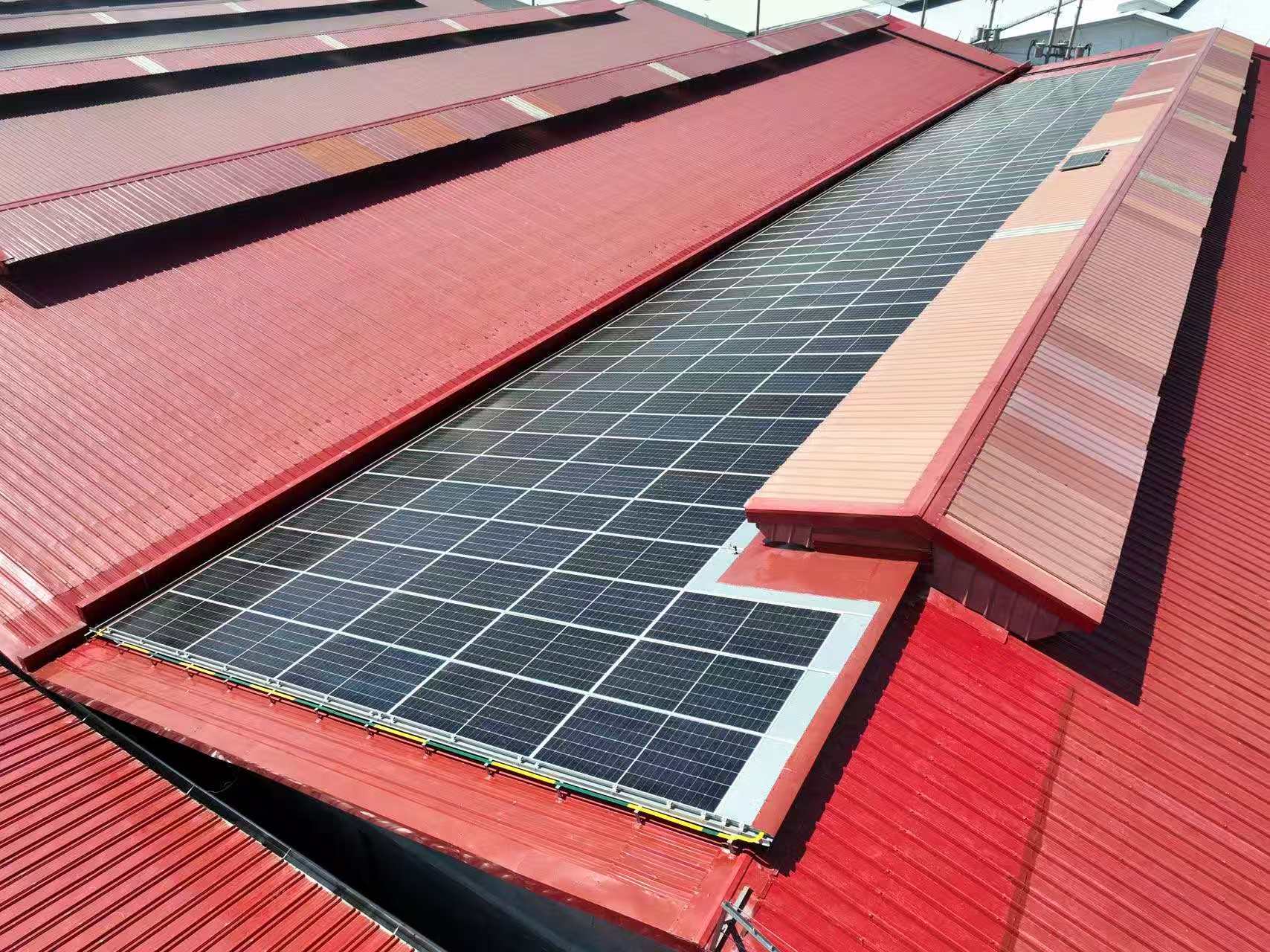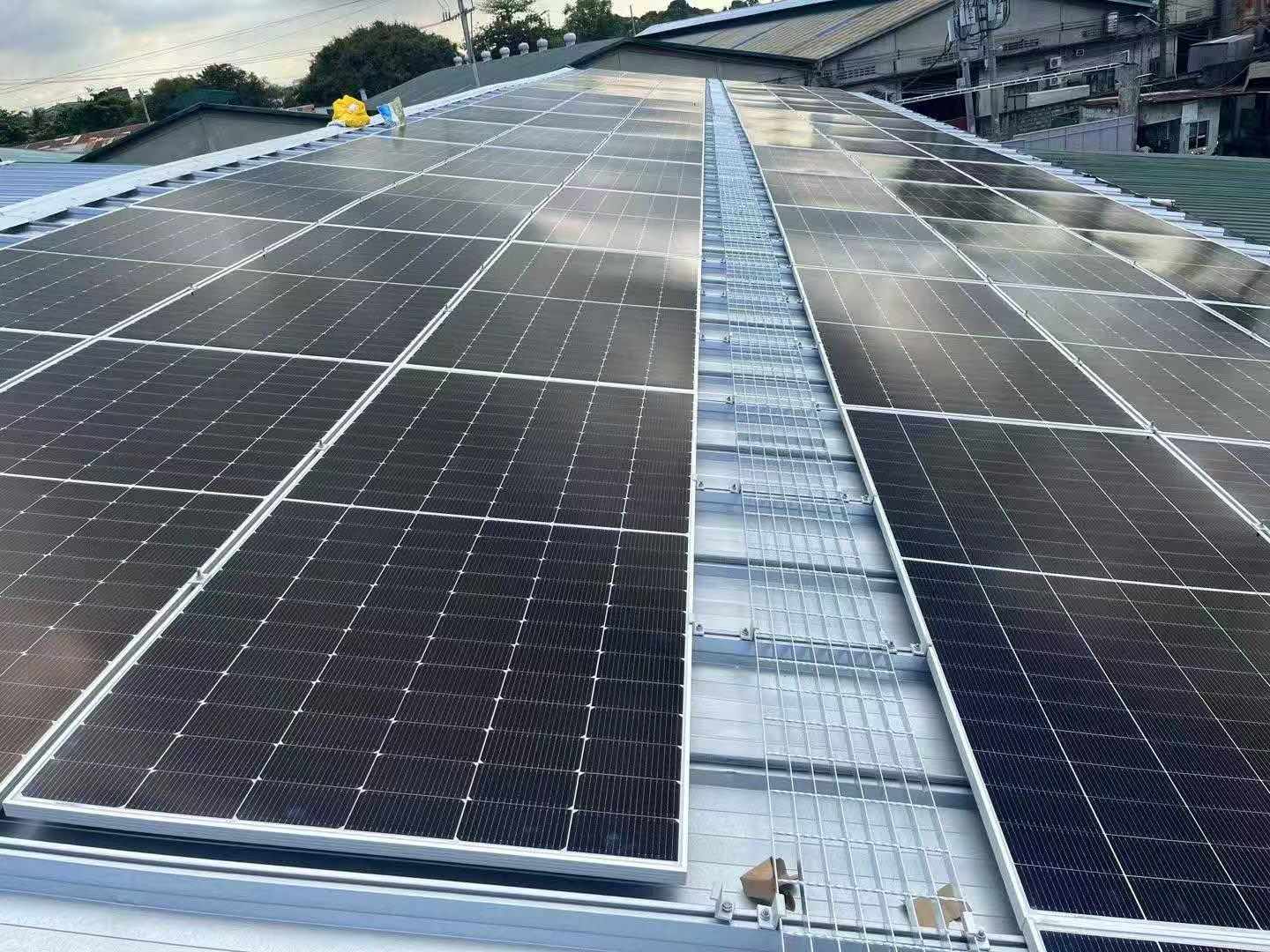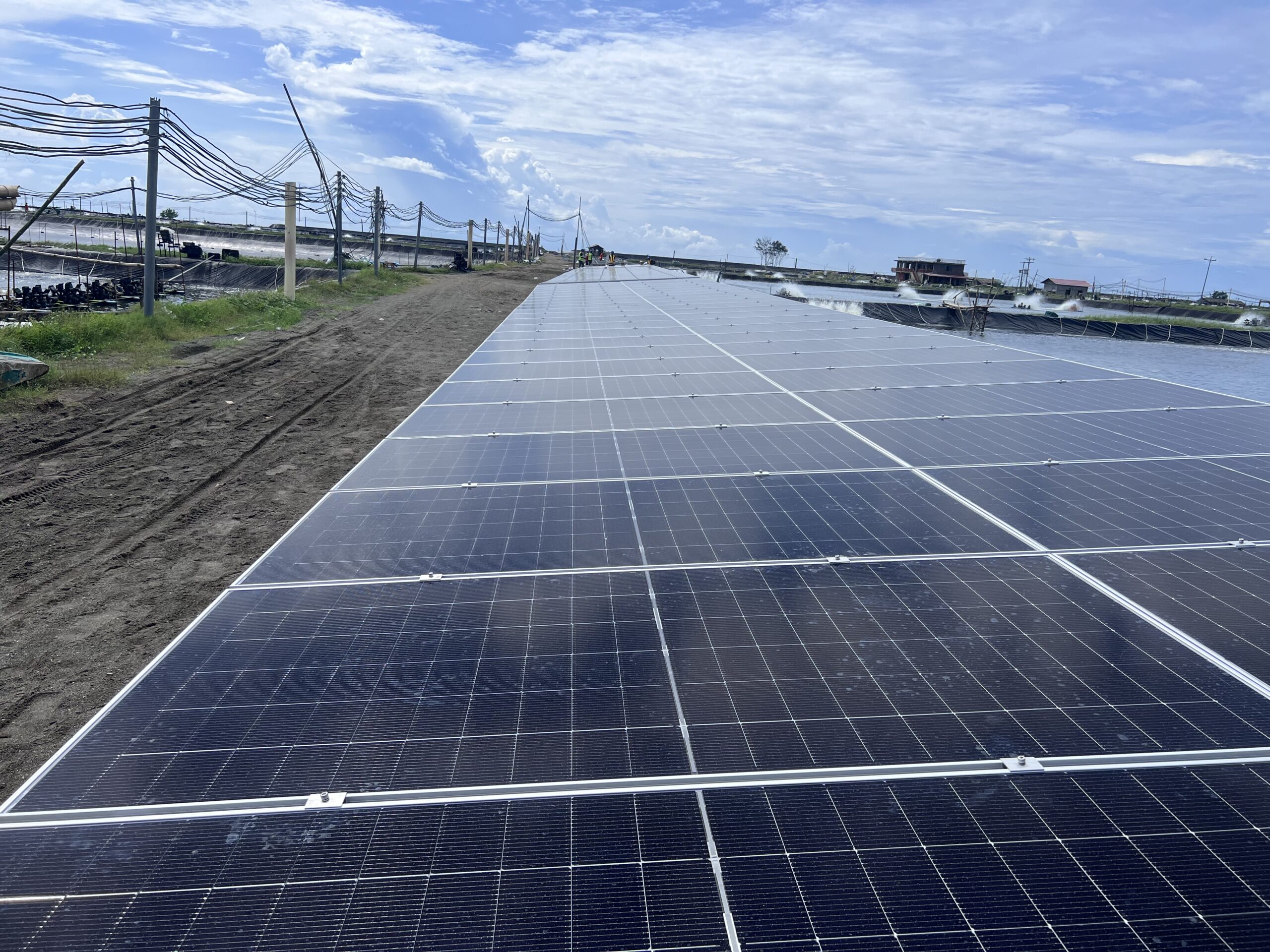
- business@first-powersolar.com
- The World Centre, Sen. Gil J. Puyat Ave, Makati, Metro Manila

A Power Purchase Agreement (PPA) is a contractual agreement between an electricity generator (often a renewable energy provider) and a buyer (typically a utility, business, or government entity). This agreement outlines the terms under which electricity will be generated, sold, and purchased over a specified period, usually ranging from 10 to 25 years.
PPAs are commonly used in renewable energy projects, such as solar and wind power, where a third-party investor installs and maintains the energy system while the buyer agrees to purchase the electricity generated at a predetermined rate.
How a PPA Works
Project Development: A renewable energy developer installs and operates a power generation system (e.g., solar panels, wind turbines).
The system generates electricity, either for on-site use or for feeding into the grid.
Power Purchase Agreement: The buyer agrees to purchase the generated electricity at a fixed or variable rate.
Billing and Payments: The buyer makes regular payments to the provider based on the agreed-upon terms.
End of Agreement: At the end of the PPA term, the buyer may renew the contract, purchase the system, or have it removed.
1. Physical PPA
A physical PPA involves the actual delivery of electricity from the generator to the buyer. This type of agreement is common for businesses with high energy consumption that can directly use renewable energy from an off-site facility.
2. Virtual PPA (VPPA)
A virtual PPA is a financial agreement where the buyer does not receive physical electricity but instead pays for renewable energy credits (RECs). This arrangement helps businesses support renewable energy projects while offsetting their carbon footprint.
3. On-Site PPA
An on-site PPA installs the power generation system at the buyer’s location, such as solar panels on a factory roof. The buyer consumes the electricity directly, reducing dependence on the grid.
4. Off-Site PPA
In an off-site PPA, electricity is generated at a remote location and delivered to the buyer through the power grid. This model is useful for organizations that lack space for on-site installations.
1. Cost Savings
PPAs allow buyers to purchase electricity at a lower and more predictable rate than traditional utility prices, helping businesses manage energy costs.
2. No Upfront Capital Investment
Since the developer owns and maintains the power generation system, buyers do not need to invest in equipment, reducing financial risk.
3. Environmental Benefits
PPAs promote the use of renewable energy, helping businesses and governments reduce their carbon footprint and meet sustainability goals.
4. Long-Term Price Stability
Unlike traditional utility rates that fluctuate, PPAs provide a fixed or predictable energy cost over the contract period, protecting buyers from price volatility.
5. Operational and Maintenance Support
The developer is responsible for maintaining and operating the system, ensuring consistent energy production without additional costs to the buyer.
1. Long-Term Commitment
PPAs typically last 10 to 25 years, requiring buyers to commit to a long-term agreement, which may not be ideal for all businesses.
2. Complexity of Contracts
Negotiating a PPA can be complex, requiring legal and financial expertise to ensure favorable terms and compliance with regulations.
3. Potential Performance Risks
If the renewable energy system underperforms, the buyer may still need to purchase electricity from the grid, potentially increasing costs.
4. Limited Flexibility
PPAs often include fixed terms that may not align with future energy needs or the buyer’s operational changes.
1. Contract Length
Determine the ideal duration based on your energy needs and long-term business plans.
2. Pricing Structure
Understand whether the agreement includes a fixed rate, escalating price, or market-based pricing to assess financial benefits.
3. Termination Clauses
Review exit options, penalties, and flexibility to adjust the agreement if needed.
4. Energy Production Guarantees
Ensure performance guarantees are in place to protect against underperformance and ensure a stable energy supply.
5. Regulatory and Policy Considerations
Understand local energy policies, tax incentives, and legal requirements that may impact the PPA.
Power Purchase Agreements are an effective way for businesses and governments to access renewable energy without large upfront costs. They provide cost savings, environmental benefits, and long-term price stability. However, it is essential to carefully evaluate the contract terms, risks, and benefits before entering into a PPA. By doing so, organizations can ensure they maximize the advantages of renewable energy while mitigating potential downsides.






Empowering a sustainable future with cutting-edge solar solutions, First Power Solar Inc. is committed to delivering reliable and efficient renewable energy for businesses
Get updates on special events, news & trends